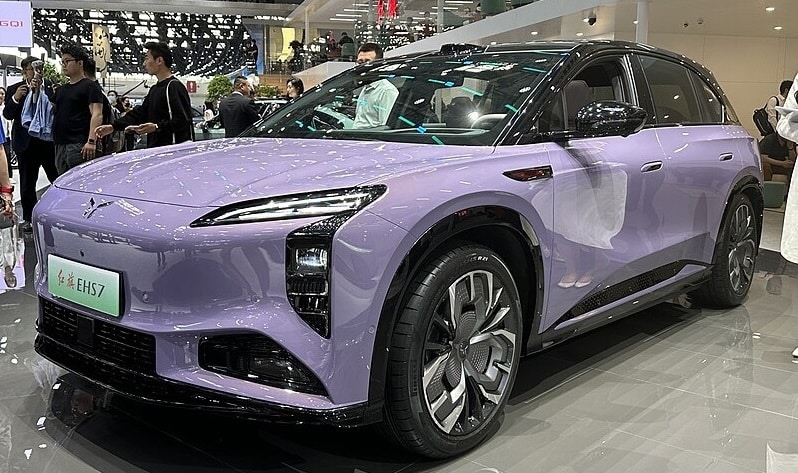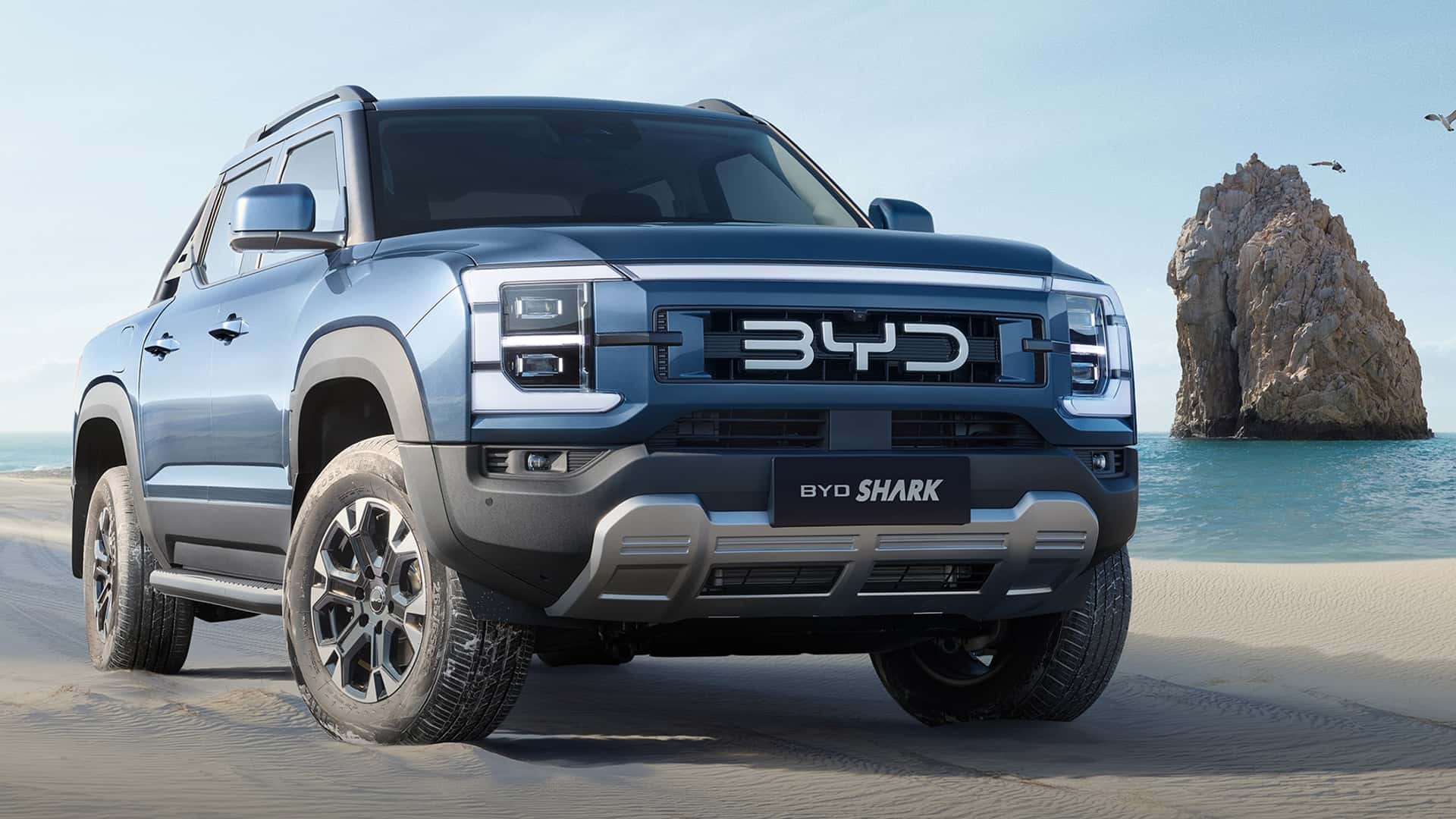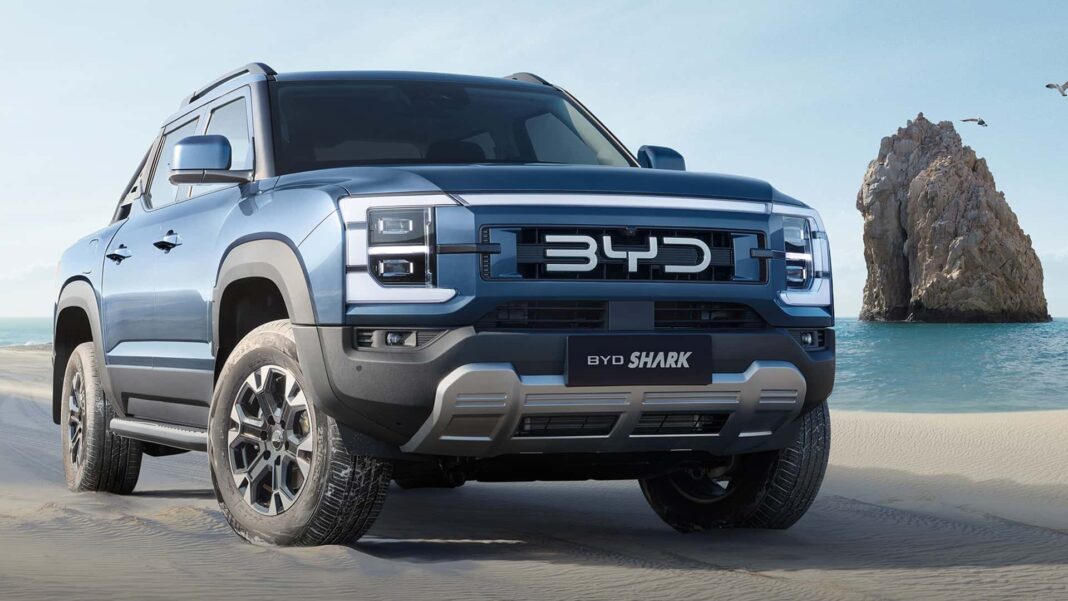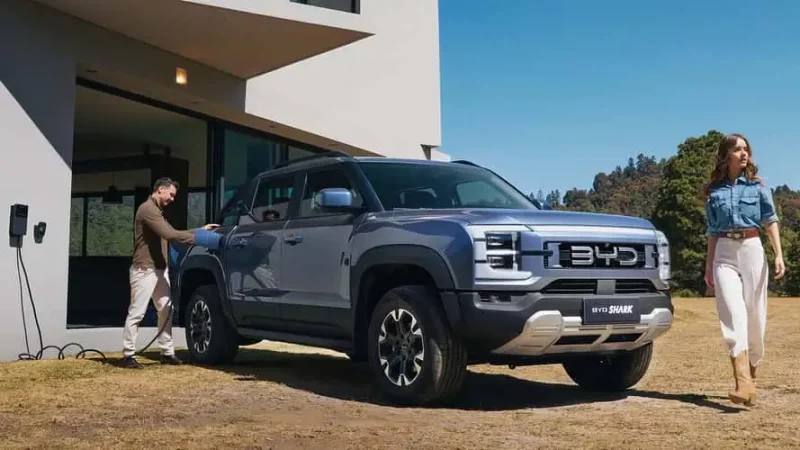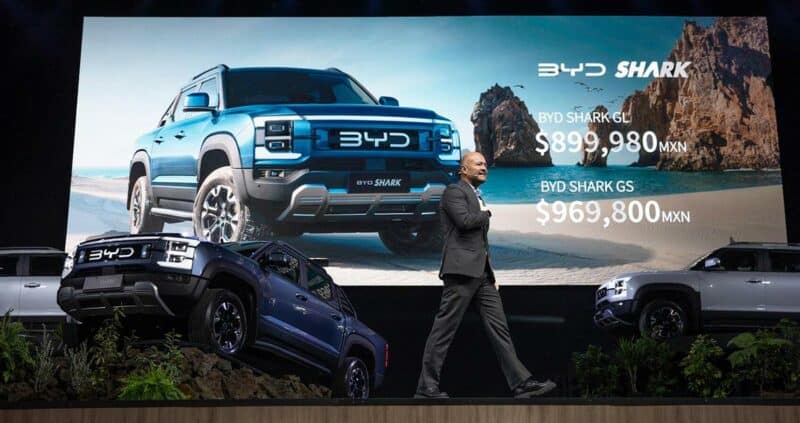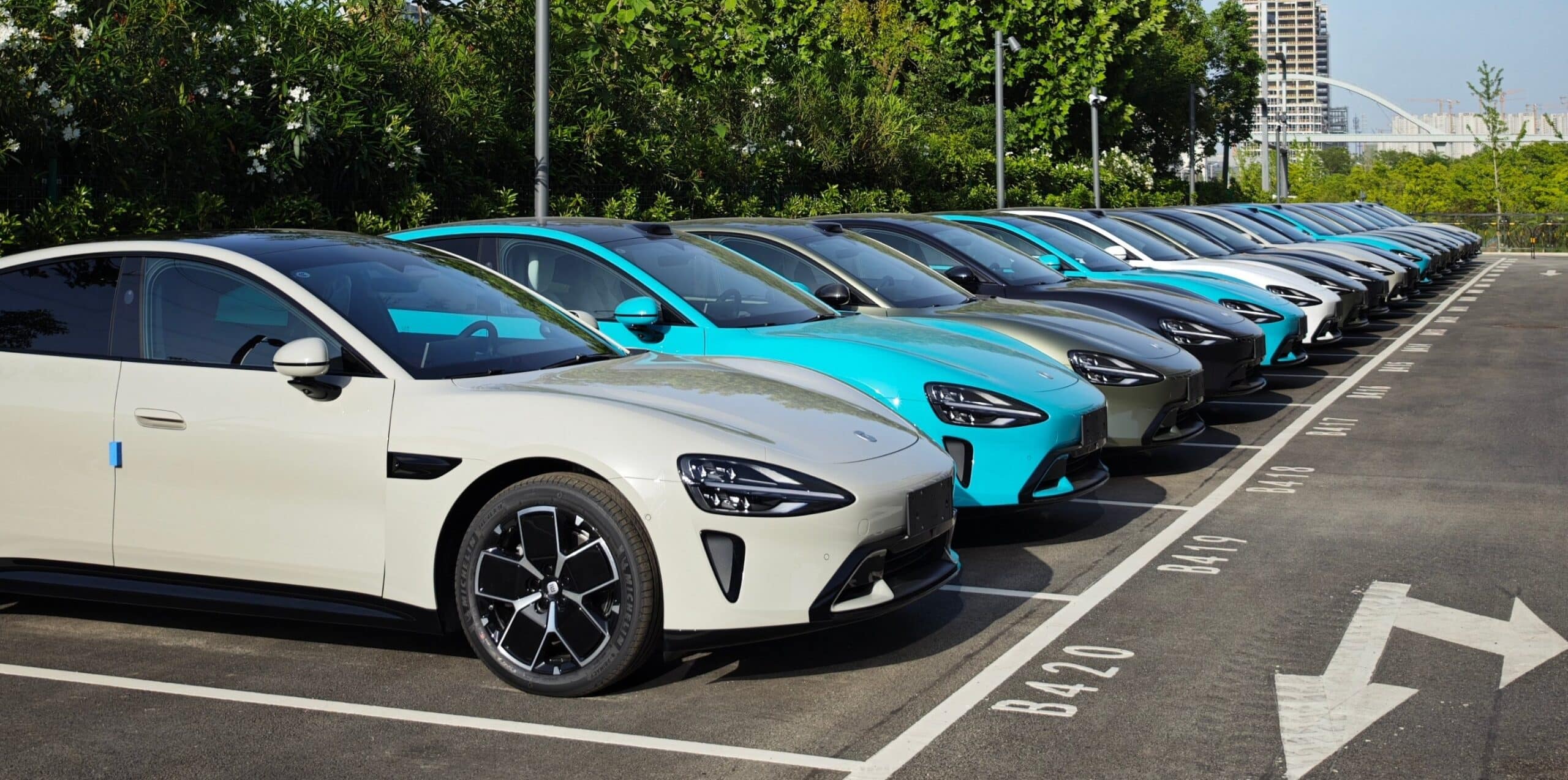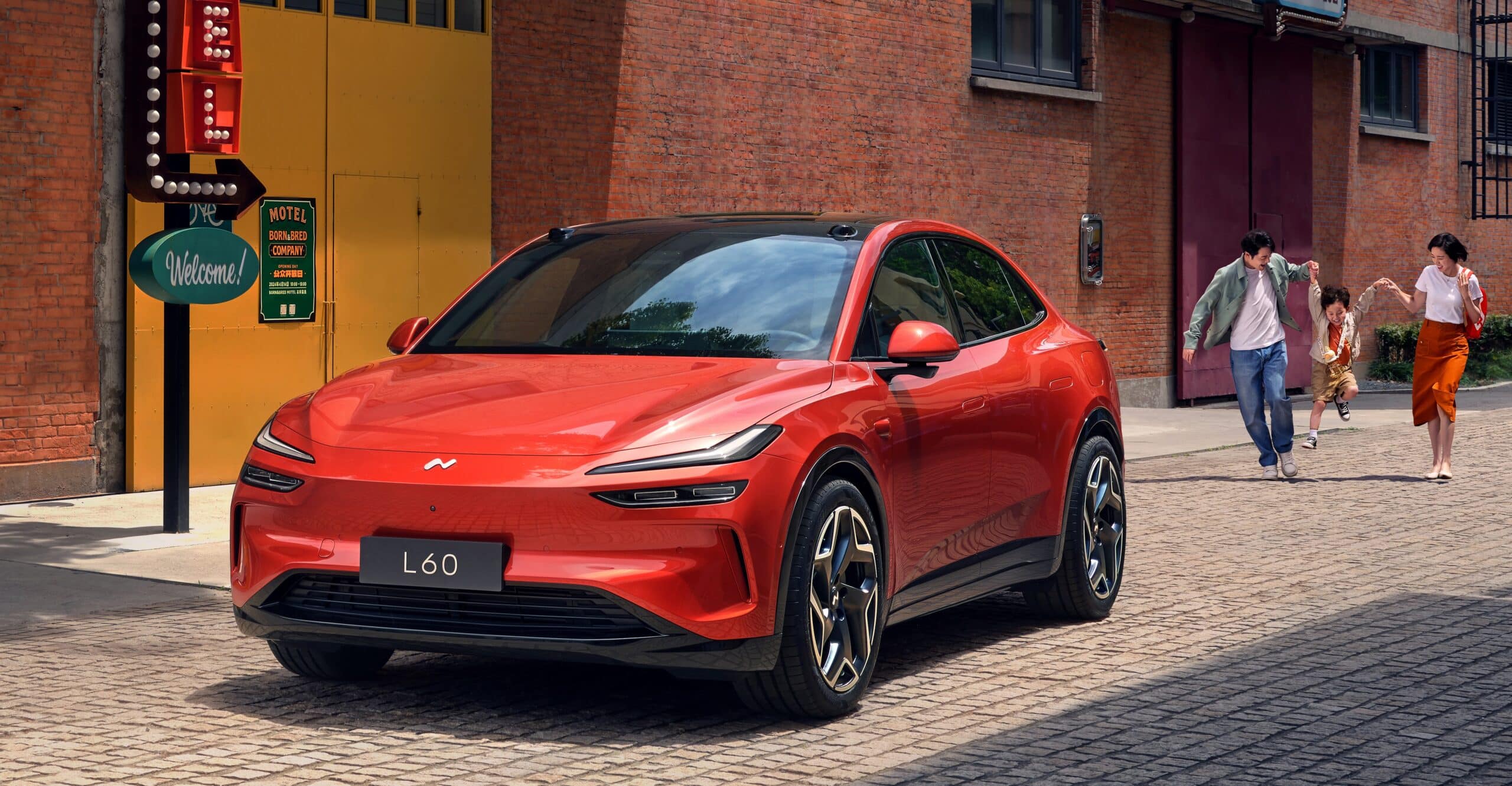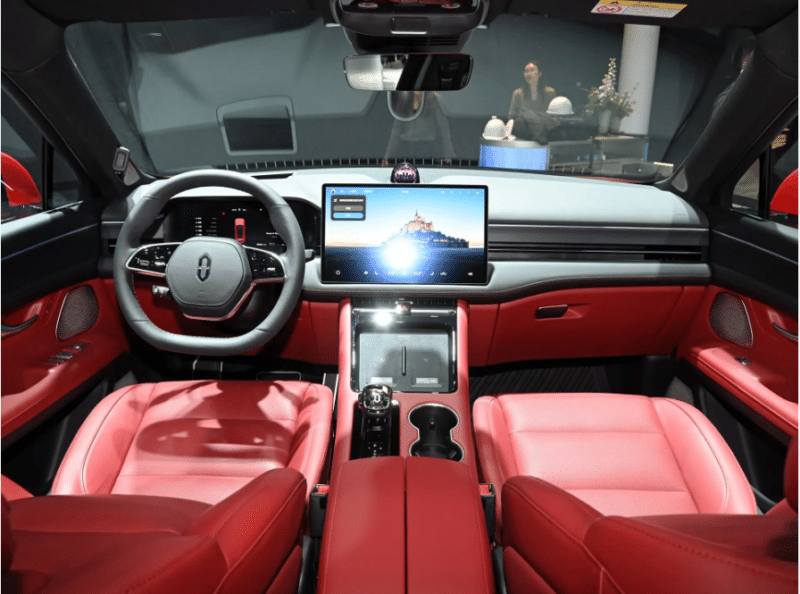Menthol
Senior Member
- Aug 2, 2017
- 5,396
- 4,895
- Country of Origin

- Country of Residence


Newly launched IM L6 has record breaking tech
Clever technology helps the new SAIC IM L6 beat the moose test record speed and be the fastest Chinese EV car.carnewschina.com
Newly launched IM L6 has record breaking tech
Reading Time: 3 minutes
Mark Andrews
May 14, 2024
3
News like this to your inbox or phone?
Weekly summary to your inbox
I want this
Never miss and important news
Get Instant notification once the news is published.
Follow Us
Yesterday we brought you the launch of the IM L6 which is priced between 219,900 and 345,900 yuan (30,400 – 47,800 USD). This car however is revolutionizing handling and in the process pushing records.
As we broke the story a few days ago, the L6 has broken the 25 year old record for the fastest moose test speed. At the time we didn’t know by how much, now we know that the IM L6 not only broke the record, it smashed it. It had remained unbeaten since 1999 when a Citroën Xantia Activa V6 achieved 85 km/h. The IM L6 managed a speed of 90.96 km/h comprehensively beating the record thanks to the car’s clever technology.
That is not the only accolade the new car has, it is also in the form of the Max Super Performance model the fastest domestic EV on the market with a top speed of 308 km/h and a 0-100 km/h acceleration time of 2.74 seconds. The Max Super Performance model has a 200 kW electric motor with 300 Nm of torque on the front axle along with a 379 kW motor with 500 Nm of torque on the rear. Confusingly the top speed of this model is also listed as 268 km/h, and so whether there exists some sort of overdrive system or whether this is the non-limited speed is not clear. The speed not only beats the Xiaomi SU7 Max’s 265 km/h but also that of many well-known performance cars such as the Audi RS e-tron GT. Key to this performance is the self-developed hurricane motor which works at up to 21,000 rpm.
Perhaps one of the biggest surprises of yesterday’s launch was that the lizard digital chassis is standard across the range. This is one of the key elements which helped smash the moose test record. It controls movement of the car on three axes -the third being vertical – along with six degrees of freedom for movement of the whole vehicle. In an illustration it shows the action on the car when cornering meaning that the car remains level with the road rather than wallowing into the outward wheel. By doing so it increases stability allowing for higher speed maneuvering such as in the moose test. This not only adds to the stability of the vehicle but also makes it more stable in the event of an emergency action. It suppresses tail flick and increases the limits of the L6 by 5-8 km/h.
Illustration showing the effect of the IM L6’s vehicle motion control system
Four-wheel steering is included as part of the setup. It means the car is very flexible giving the L6 a turning radius of just 4.99 meters. It also helps reduce the length of a parking space needed to parallel park by 11%,
Comfort is upped through gimbal control meaning it eliminates roll, and nodding under extreme braking. Safety is also greater through better high-speed emergency obstacle avoidance. The L6’s system has a 30% faster response rate than with a traditional ESP system and there is 80% less deviation.
Editor’s note:
IM Motors has received a lot of headlines through its claims about solid state batteries which has now been backtracked to semi-solid state. Notably the Lightyear edition, which features the battery, did not go on sale at yesterday’s launch and is supposedly going to be available to order in September with deliveries commencing in October. Astute readers will notice that the price of 345,900 yuan (47,800 USD) is considerably higher than the 330,000 yuan (45,600 USD) quoted with the pre-sales. Furthermore, there has been to date no MIIT approval for the sale of this version, and the car cannot be sold in China without it.
It may well be the case that the semi-solid state battery will not be launched on this timetable. The fact that already the car is more expensive than originally thought is worrying. Nio first promised a semi-solid state battery in 2022 and it will only be finally available next month. Furthermore William Li, Nio’s founder, has said publicly that the battery costs around 300,000 yuan (41,450 USD) which is why it is not actually available to purchase. That the Lightyear version of the L6 is already being quoted more expensive than before shows all may not be well with the timetable for the launch of this version.
Sources: Fast Technology, Autohome
When I first saw this car, I'm falling in love with the design, both exterior and interior.
Just like Avatr 11 and 12 too.
Title: It’s worth buying this car! Zhiji L6 is the first to test drive! The driving control is far superior to that of its class...but are there any flaws in urban smart driving?
It's too bad there's no English subtitle, but you can see the footage about self-driving tech of this car.
China road is unlike USA road, China road is not uniform, many times it confuses the car itself.
It's funny, in the test video I posted couple of days ago (or yesterday?), there's a test for confusing road marks, see if the car can pass it well. Nuts!!!
Last edited:




